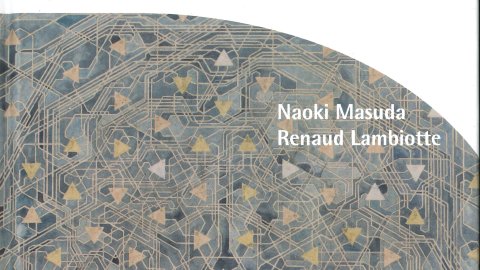Treating vertex transitive graphs like groups
Abstract
In 2012 Eskin, Fisher and Whyte proved there was a locally finite vertex transitive graph which was not quasi-isometric to any connected locally finite Cayley Graph. This motivates the study of vertex transitive graphs from a geometric group theory point of view. We will discus how concepts and problems from group theory generalise to this setting. Constructing one framework in which problems can be framed so that techniques from group theory can be applied. This is work in progress with Agelos Georgakopoulos.


